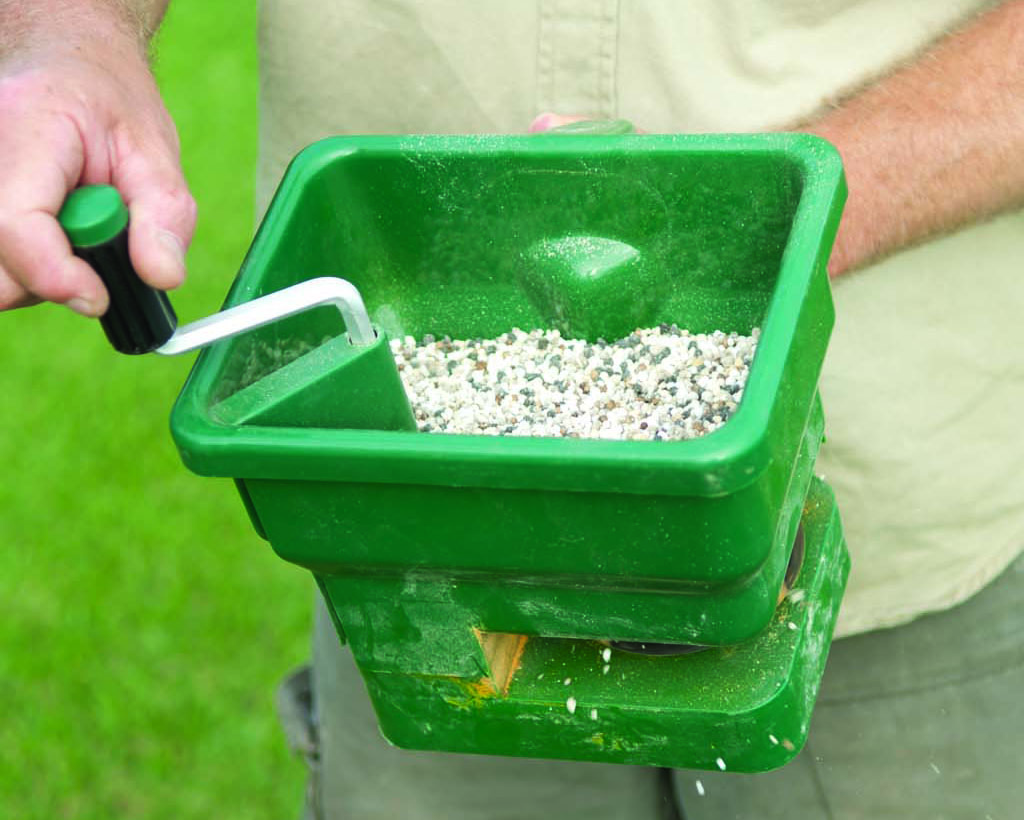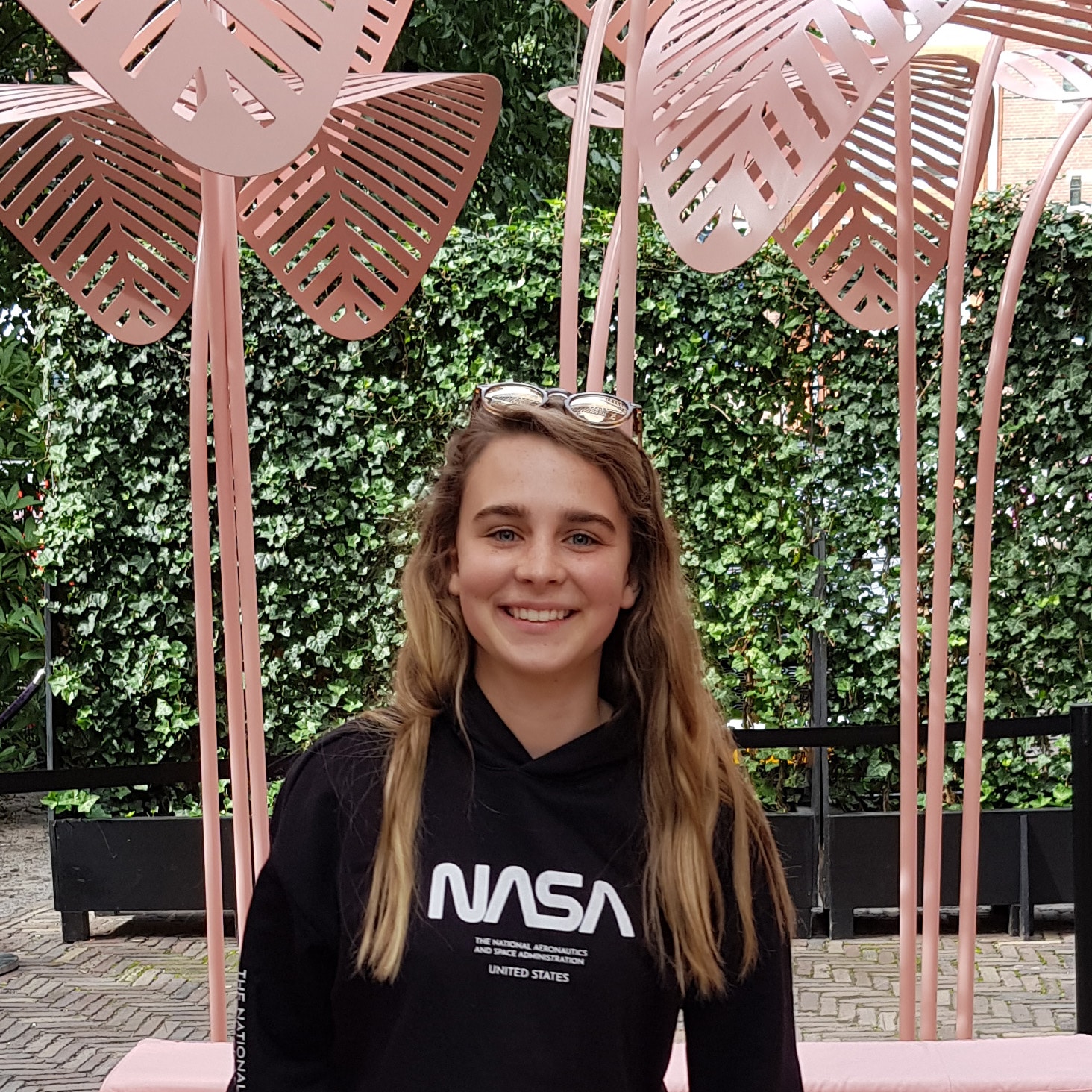How to Avoid Common Lawn Fertiliser Mistakes
Using lawn fertiliser seems relatively straight forward, especially as it’s one of the most important aspects of lawn care. However, there are a few common mistakes that people make when applying lawn fertiliser.
These mistakes are often linked to not choosing the right fertiliser for their lawn or the right time to fertilise. Here is our list of the 4 most common mistakes made and how to avoid them.
1. Overfertilising
Believe it or not, it is possible to overfertilise your lawn. Most commonly, overfertilising occurs in winter.
During this time, your lawn remains dormant and is unable to utilise the nutrients you’ve provided through lawn fertiliser.
This will often leave you wondering if fertilising your lawn is really making a difference or not.
Another common way to overfertilise is to fertilise too frequently. Once your lawn has established, it will only need lawn fertiliser about 3 – 4 times a year.
Any more than this and the excess fertiliser will just wash away, along with the money and time you spent on it.
Avoiding overfertilising
By waiting until winter is coming to an end and your grass is actively growing again, you can be sure it will make good use of its post-winter feed.
Once the soil temperature is consistently above 14°C, you can be sure that your grass has come out of hibernation.
Try to stick to a good lawn care plan which includes fertilising in Autumn, at the beginning of Spring and again at the beginning of Summer.
You may find that your lawn needs an additional feed after the heat of Summer but it’s best to see how it’s performing before wasting fertiliser.
2. Not watering in the lawn fertiliser
Watering in your lawn fertiliser is a crucial step in order to avoid your grass burning. While most lawn enthusiasts will remember to water the fertiliser in as quickly as possible, occasionally, they’ll use too little water.
As fertilisers have such a concentration of nutrients such as nitrogen, if your lawn is left too long without water after fertilising or if not enough water is used, it will start to burn.
Avoiding fertiliser burns
Once you have applied your lawn fertiliser, you should water it in immediately and ensure that all of your lawn receives water.
The best way to do this is with a sprinkler or irrigation system. Alternatively, you can choose a day with rain forecast which will water the fertiliser in for you.

3. Not choosing the right fertiliser
Fertiliser is a great way to provide your lawn with the nutrients that it lacks. Nutrients such as nitrogen, potassium and phosphorus are crucial for healthy growth but aren’t always in plentiful supply from your soil.
Choosing a lawn fertiliser with the right balance between these 3 main nutrients will foster healthy growth but too much of any of these could lead to patchy growth, burns or not enough root growth.
You choose also choose the right type of fertiliser for the time of year. A slow-release fertiliser in Autumn will give your lawn the best chance to stay as green as possible through winter.
Choosing the right fertiliser
Nitrogen is responsible for leaf growth and its lovely green colour. Phosphorus will promote healthy root growth and potassium will ensure that your grass will absorb sunlight and water properly.
If your lawn isn’t as green as it normally is, you may want to opt for a fertiliser that is higher in nitrogen. Or, if your lawn is still establishing, a fertiliser with more phosphorus will help its roots grow stronger.
4. Erratic fertilising
Just as choosing the right fertiliser is important, so is how you apply it. If you just throw granules of fertiliser over your lawn, it’s more than likely that you’ll get patches of your grass growing faster than others.
Avoiding erratic fertilising
The best way to avoid this and get an even spread of fertiliser is to use a spreader and walk systematically up and down your lawn. The spread will help control an even spread of lawn fertiliser, while your systematic approach will make sure every part of your lawn receives some.

With these common mistakes out of the way, you can be sure that fertilising your lawn will be an easy and rewarding process. Have you got more questions about fertiliser? Check out our blog answering common fertiliser queries. Or, if you’re ready to fertilise your lawn, we have a selection of fertilisers to choose from in our shop.

read more!
recent posts
How To Recover A Lawn After Flooding
Get expert tips on draining excess water, removing debris, proper mowing, fertilization, and post-recovery care to ensure a lush, green lawn
Recent Floods – Our Turf is Unaffected!
While recent floods have impacted many, our turf remains pristine and unaffected. Order today to guarantee the best for your garden!
Turf Sizes and Turf Rolls
The size of turf refers to the dimensions of the individual rolls or pieces of grass that make up your new lawn.
Soft Leaf Buffalo Grass
Find out why soft-leaf buffalo grass is such a popular lawn choice in Australia, the number 1 buffalo grass choice and how to look after a new soft-leaf buffalo lawn.




